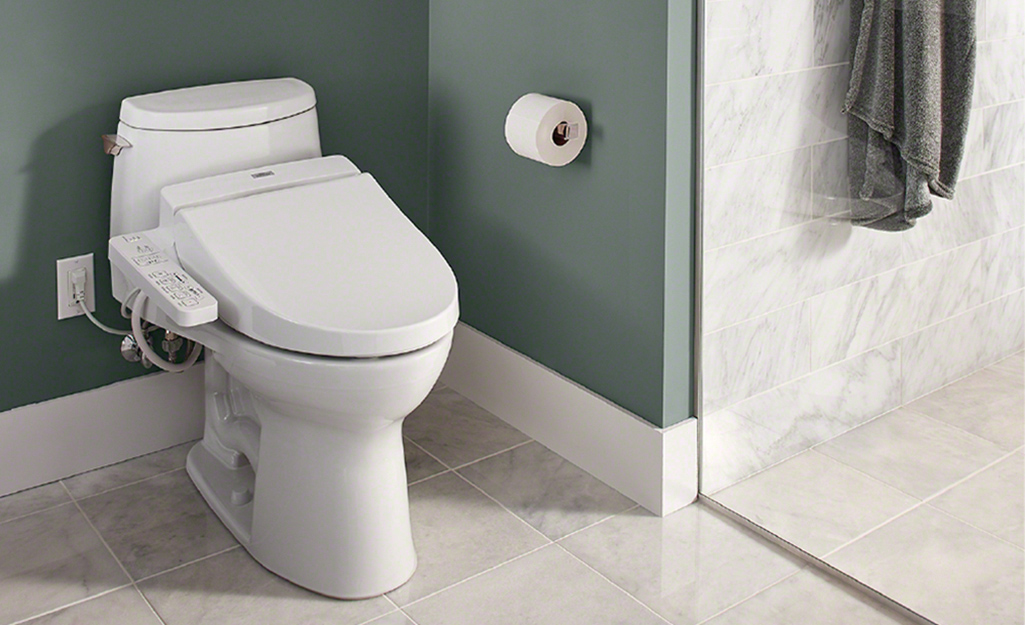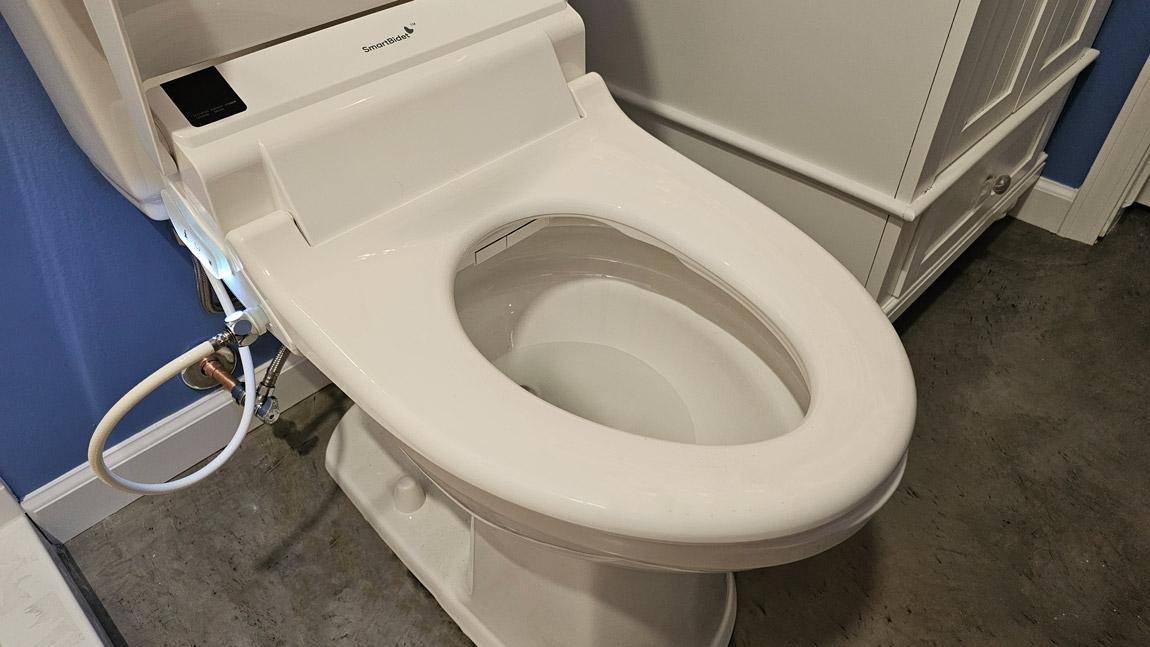As bidets gain popularity for personal hygiene, its essential to know when to replace bidet parts, particularly for those in quality assurance roles. Keeping bidets functioning properly not only improves user satisfaction but also ensures the overall quality of the product. In this extensive guide, well explore the factors that influence how often parts should be replaced, the typical signs of wear and tear, and best practices to keep your bidet in optimal condition.
Like all bathroom fixtures, bidet parts will experience wear over time. This emphasizes the importance of being proactive in both maintenance and replacement for Industry QA professionals. So, how frequently should parts be replaced? This can vary greatly depending on usage habits, the bidets quality, and environmental conditions.

Getting to Know Bidet Components
Before we get into replacement specifics, it's crucial to understand the various components that make up a bidet. The key parts include the nozzle, water supply hose, seat, and electronic controls. Each component plays a vital role in ensuring the bidet operates effectively and hygienically. For further insights on using a bidet properly, check out this guide.
Nozzle: The Core of the Bidet
Arguably the most critical component, the nozzle is responsible for discharging water for cleansing. Over time, it can accumulate mineral deposits and debris, impacting its performance. It's advisable to inspect the nozzle regularly for blockages or damage. Generally, consider replacing the nozzle every 6 to 12 months, depending on water quality and usage.
Water Supply Hose: Maintaining Water Flow
The water supply hose links the bidet to its water source. This is essential for stable water pressure and consistent flow. Regular inspections for signs of wear, such as cracks or leaks, are crucial. Replacing the hose every 1 to 2 years is generally recommended to avoid unexpected malfunctions.
Bidet Seat: Balance Between Comfort and Hygiene
The bidet seat plays a significant role in user comfort and hygiene. Over time, it may discolor or crack, impacting its aesthetic and functional value. A replacement every 2 to 3 years is often sufficient, although frequent use may require more regular changes.
Electronic Controls: The Technology Behind Modern Bidets
Many modern bidets feature electronic controls for temperature, pressure, and adjustable nozzles. While these components are usually durable, monitoring them for malfunction signs is essential. If the controls stop responding, it might be time for a replacement, typically every 3 to 5 years.
Recognizing When to Replace Bidet Parts
Identifying wear and tear is crucial for keeping your bidet effective. Watch for signs such as decreased water pressure, unreliable spray patterns, or unexpected noises. These symptoms often mean it's time to replace a part.
Mineral Deposits and Blockages
In regions with hard water, mineral buildup can clog the nozzle and other parts, reducing effectiveness. While regular cleaning can help, persistent deposits may require part replacement.
Mechanical Wear Over Time
Components like the seat hinge and nozzle mechanism can suffer from mechanical wear. If you notice any looseness or difficulty in operation, it may be time to replace those parts to maintain optimal functionality.
Best Practices for Maintaining Your Bidet
Routine maintenance is vital for prolonging the lifespan of your bidet and its components. This includes regular cleaning, scheduled inspections, and using appropriate cleaning agents to avoid damage.
Routine Cleaning
Regularly clean the nozzle and seat using mild, non-abrasive cleaners. Harsh chemicals can degrade materials. A monthly cleaning routine can help prevent buildup and ensure top performance.
Regular Inspections
Make it a habit to inspect all bidet components. Look for signs of wear, leaks, and other potential problems. Early detection allows for quicker replacements, helping to avert larger issues in the future.
Choosing Quality Parts
When it comes to replacements, choose high-quality components from trusted manufacturers. This ensures compatibility and durability, helping to minimize future replacements.
For further details on the health benefits associated with bidets, please visit Health.com.

Frequently Asked Questions
How do I know if my bidet nozzle needs replacing?
Keep an eye out for reduced water pressure or uneven spray patterns, which can indicate that the nozzle may be blocked or damaged.
Is hose replacement necessary if theres no apparent damage?
While visible signs of damage are obvious indicators, replacing the hose every 1 to 2 years is a proactive approach to avoid unforeseen failures caused by internal deterioration.
Can I replace bidet parts myself, or should I seek professional help?
Most bidet parts can be replaced by following the manufacturers instructions. However, for complex electronic components, it may be wise to consult a professional for proper installation.
For more tips on bidet usage and maintenance, consider checking the Instructables guide.
To learn about the advantages of water-efficient fixtures, you might find our article on water-efficient fixtures insightful.
This article contains affiliate links. We may earn a commission at no extra cost to you.






